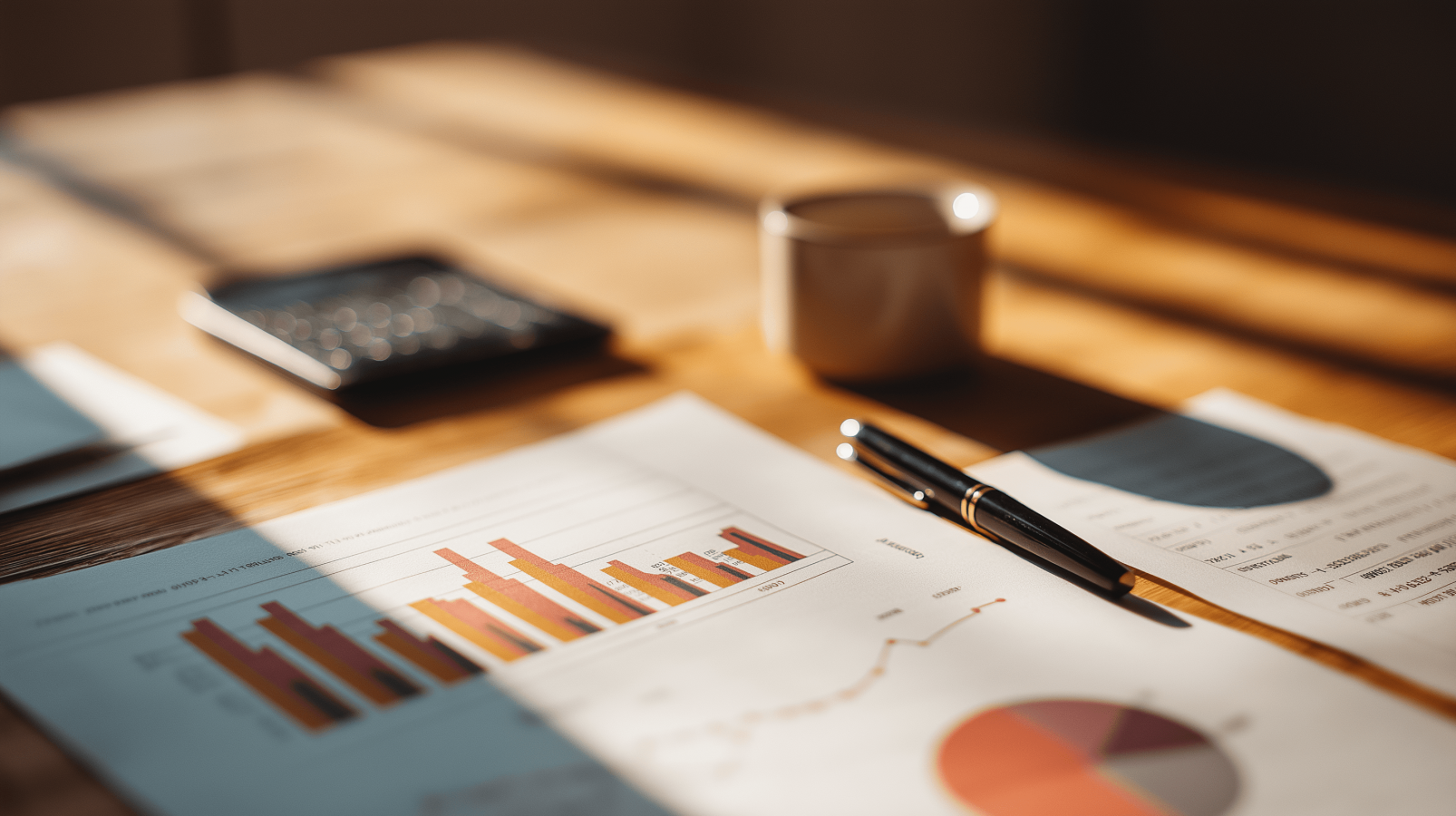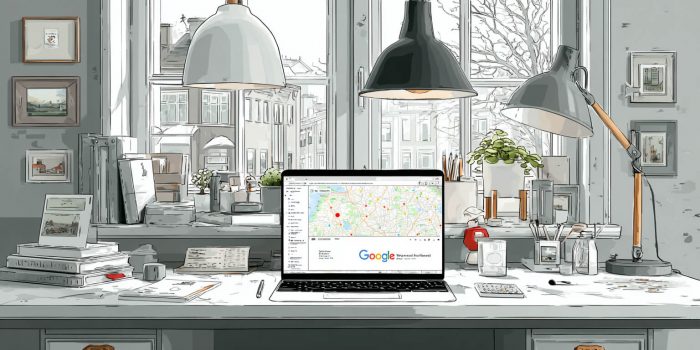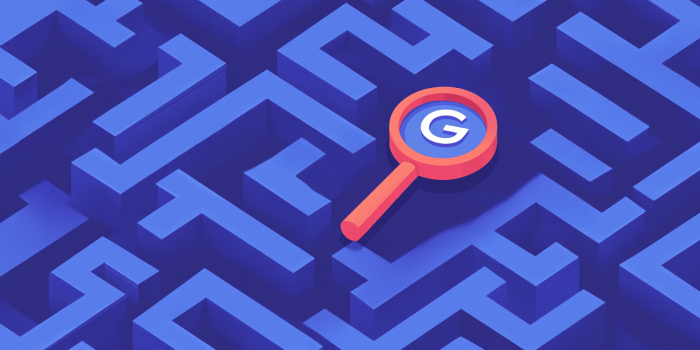A modern website may look appealing, have stable traffic, and present a convincing offer, yet still fail to generate the desired number of inquiries or sales. This usually happens when the structure lacks a unified logic and the content does not lead the user toward a specific decision. So even if individual components serve their purpose, they don’t work together as a cohesive whole and fail to produce the intended outcome. In such cases, the issue lies not in the design or the texts individually, but in how they interact and influence user behavior on the page. This kind of problem requires immediate attention, so let’s look at the key factors that increase website conversion and explain how to achieve the desired result by avoiding common issues and unnecessary mistakes.

What conversion means and how it is measured
Conversion is a target action performed by the user on the website, and it defines whether the site fulfills its business purpose. This can be an inquiry, placing an order, subscribing, or any other action that carries practical value for the company. This metric is only meaningful if there is a clear understanding of what the key action is, how well it matches the visitor’s intent, and what role it plays in the overall structure. If these connections are not considered, the number may appear convincing only on the surface but provides no real insight into the page’s effectiveness.
Evaluating conversion requires tracking both final actions and intermediate interactions that reflect the user’s gradual progress toward the goal. Block views, clicks, video plays, and partial form completions – all of these help identify where interest fades or interaction logic breaks down. Without accounting for these signals, analytics becomes meaningless and fails to explain why the site is not performing well. A comprehensive internet marketing strategy is particularly useful in these cases, as it systematically analyzes user behavior and identifies what is holding back conversion growth.
Structure and visual elements that affect conversion
A clear and thoroughly planned page structure directly affects how quickly a user navigates the content, finds necessary information, and reaches the action point. If blocks appear in an unnatural order or disrupt the expected logic, attention is scattered and focus shifts away from the main message. This becomes especially noticeable when considering how to create a one-page website – in such formats, even minor mistakes can be critical, as there is no way to distribute content across multiple sections. For each element to contribute to results, the structure must be supported by high-quality visuals, whose effectiveness depends on the following elements:
- Button visibility and size. If the button blends into the background, is too small, or looks inactive, the user won’t perceive it as a clear call to action, even if they are interested in the offer.
- Color contrast. Contrasting combinations improve perception, draw attention to key elements, and create visual focus necessary to boost the effectiveness of the page and the interface as a whole.
- Meaningful headline. A strong headline immediately sets the tone, creates interest, and prepares the user for the content – this is where the persuasion begins that influences their action.
- High-quality images. Photos build trust, create a first impression, and establish the visual atmosphere, helping users grasp the block (or the entire page) more quickly without unnecessary effort or time.
- Demonstration video. A short video provides a clear example, quickly delivering arguments and eliminating doubts that often arise before making a decision, especially if the offer is new or complex.
- Application form. A well-designed form with minimal fields and intuitive filling logic speeds up the process and removes the barrier between intent and order, increasing the overall effectiveness of inquiries.
- Visual hierarchy. A carefully structured content hierarchy sets the pace, guides page navigation, and places emphasis exactly where it’s critical for achieving the goal, creating a clear perception structure and supporting action logic.
Content that persuades and drives action
When it comes to properly designing the homepage, the most important thing is not the placement of blocks, but how the content is presented. It is the combination of text and visuals that builds trust, creates a logical flow, and leads the visitor to take action. The content must inform and persuade, so it’s important to craft a headline, structure arguments, use a strong example, and clearly show the user what they will gain. If the offer is vague or too general, it dilutes interest and weakens impact. In contrast, content focused on the goal eliminates unnecessary doubts, clearly explains the benefit, and makes decision-making easier.
A successful page always relies on content that speaks the user’s language, taking into account their expectations, needs, and point of entry. That’s why it’s important to present the product or service as a solution – specific, clear, and visually appealing. Testimonials, discounts, guarantees, advertising, clear positioning of the offer, and mobile-friendly formatting all help achieve this. Visual blocks, structure, and text must work as a unified scenario – without logical gaps, misplaced focus, or loss of motivation. When all elements are synchronized, the page starts working systematically, guiding the user toward an action that aligns with the business goal.

What prevents conversion – barriers, mistakes, and technical issues
Understanding how to improve website usability begins with identifying the barriers that complicate the user journey. Conversion loss is usually not caused by isolated flaws, but by a series of obstacles that reduce trust, halt action, or create background friction. These problems can occur even when the visual part looks convincing and the structure seems logical. Common factors include:
| Loading speed. | If a page takes more than three seconds to load, users simply close it before even seeing the content, and the site loses traffic before any chance of conversion. |
| Non-adaptive layout. | When a page doesn’t display correctly on mobile devices, interaction becomes difficult, some elements are not readable, and the CTA is no longer perceived as reliable or convenient. |
| Confusing navigation. | If the site’s structure lacks clear logic, users waste time searching, get distracted from the goal, and effectiveness drops right when attention should be highest. |
| Lack of feedback. | If nothing changes after submitting a form – no confirmation appears, the form doesn’t refresh, or there’s no visible response – the user feels uncertain, which blocks any further steps. |
| Intrusive or excessive elements. | When a page is overloaded with banners, pop-ups, and animations, attention scatters, content is read in fragments, and the offer loses clarity. |
| Technical errors. | When certain buttons don’t work, errors occur, or parts of the functionality disappear, the interaction flow breaks down, nullifying the purpose of the entire page structure. |
Step-by-step process for increasing website conversion
Improving conversion is a comprehensive process that requires focus and a consistent approach with the following sequence of actions:
- Audit. The first step is a consultation and review of the overall website structure, allowing identification of logical flaws in the interaction scenario and finding points where user attention drops or actions stall.
- Prioritization. Once weak points are identified, the areas that most affect conversion are highlighted, a change sequence is formed, and if necessary, a redesign is planned based on goals, barriers, and typical user behavior.
- A/B testing of blocks. For each solution, different versions are created and tested in real conditions, and user behavior determines which version delivers the best conversion.
- Content update. Based on the collected data, changes are made to the textual content, new images and videos are selected, and the overall page layout is adjusted to meet audience expectations.
- Interaction improvement. All elements of the scenario are checked for consistency, logic, and clarity, after which smooth transitions are created and anything that interferes with user engagement is removed.
- Access acceleration. The page undergoes technical optimization so it loads faster, displays correctly on various devices, and does not create unnecessary strain for the user.
- Result verification. After implementing the changes, current metrics are collected, the dynamics of inquiries before and after the update are compared, and further steps are determined within the overall strategy.
Having trouble with conversion but not sure where to start? Looking for a team that can improve the situation and help your site work toward your business goals by significantly increasing inquiries? Then we welcome you to QuatroIT web studio. Our experienced specialists will guide you through the technical specification process, build a clear action plan, and implement it in practice – all focused on delivering the result you needed from the beginning. Interested in our offer? Then don’t wait – submit your request today. We’ll make sure to help.











